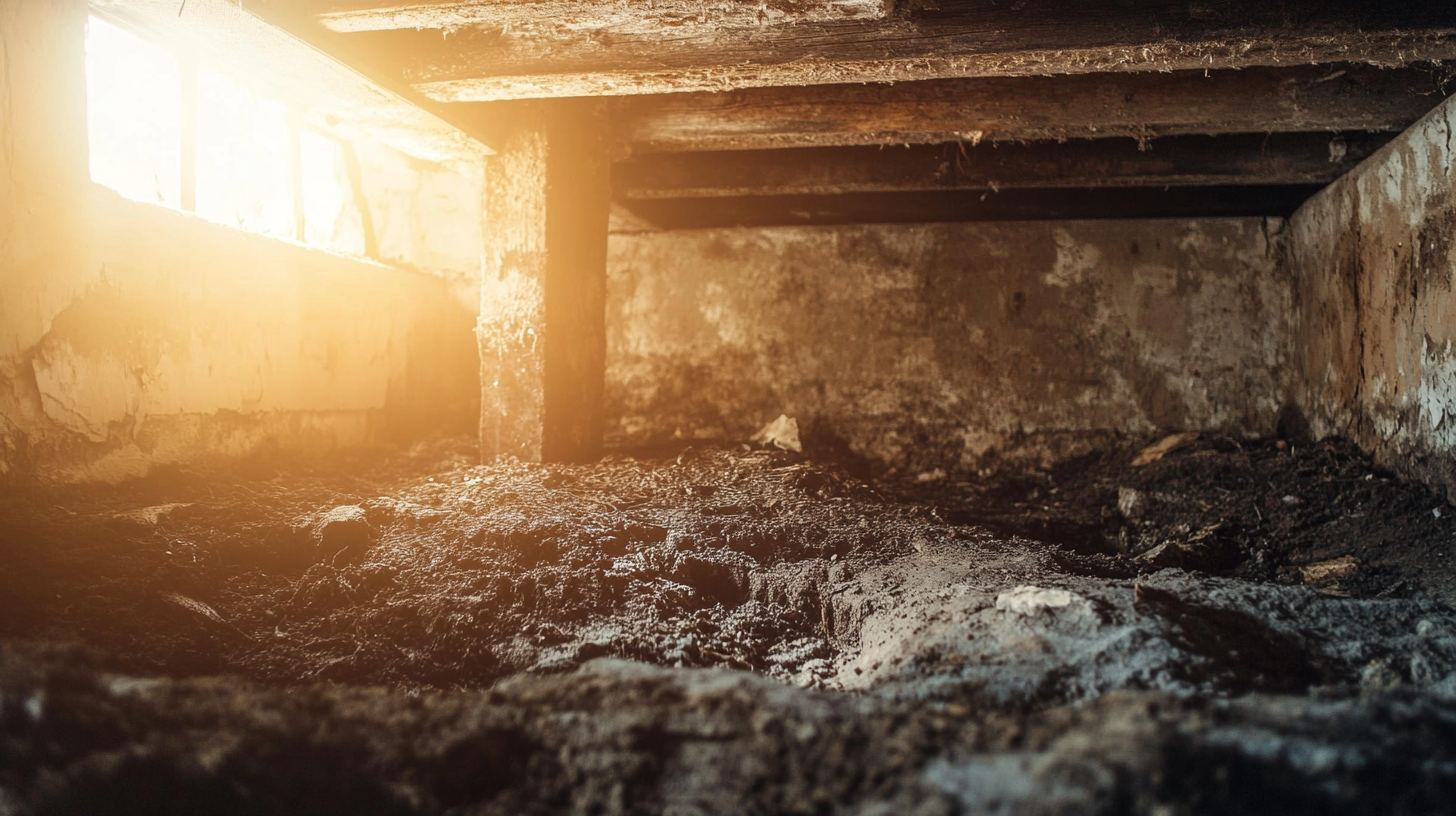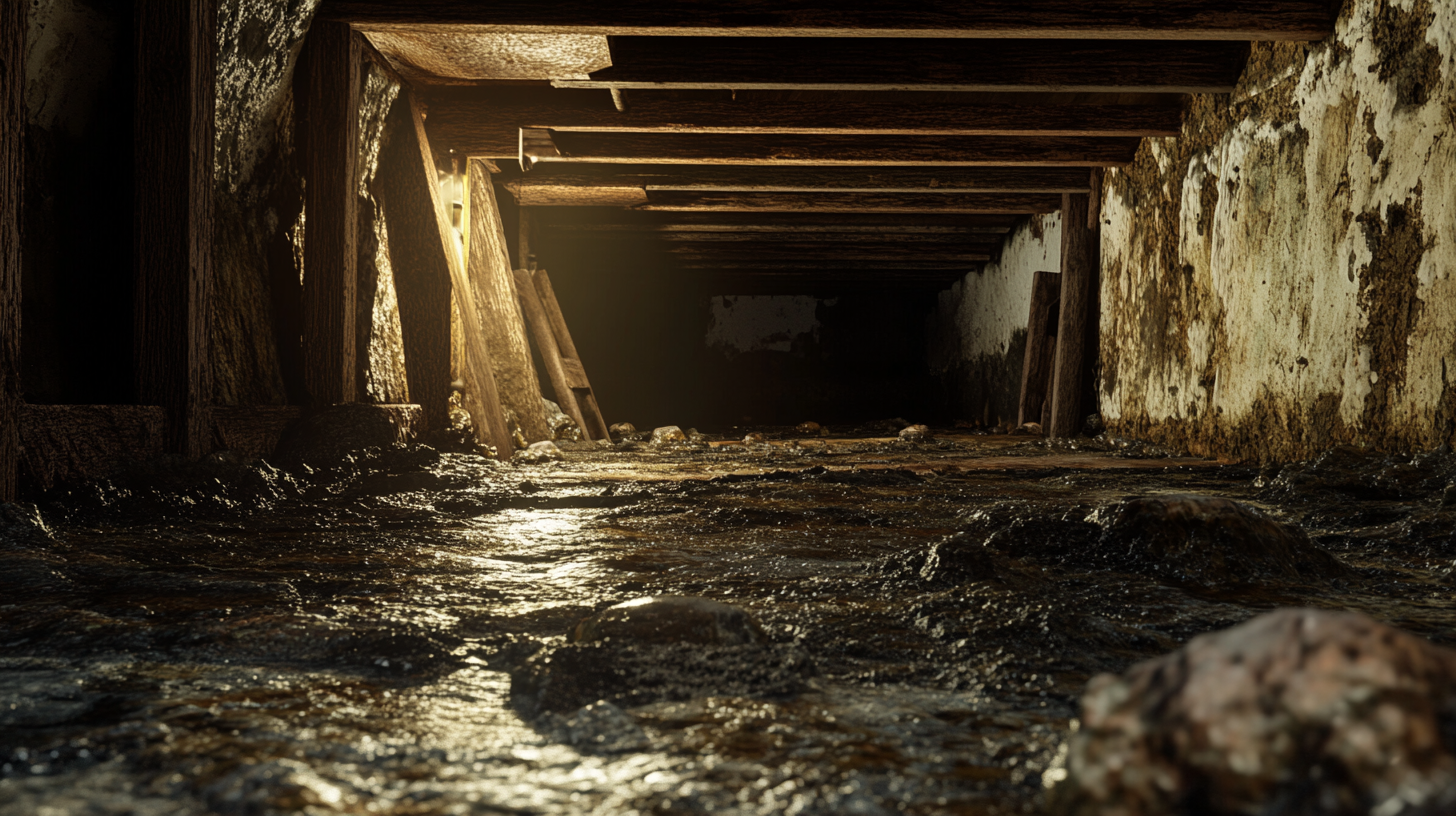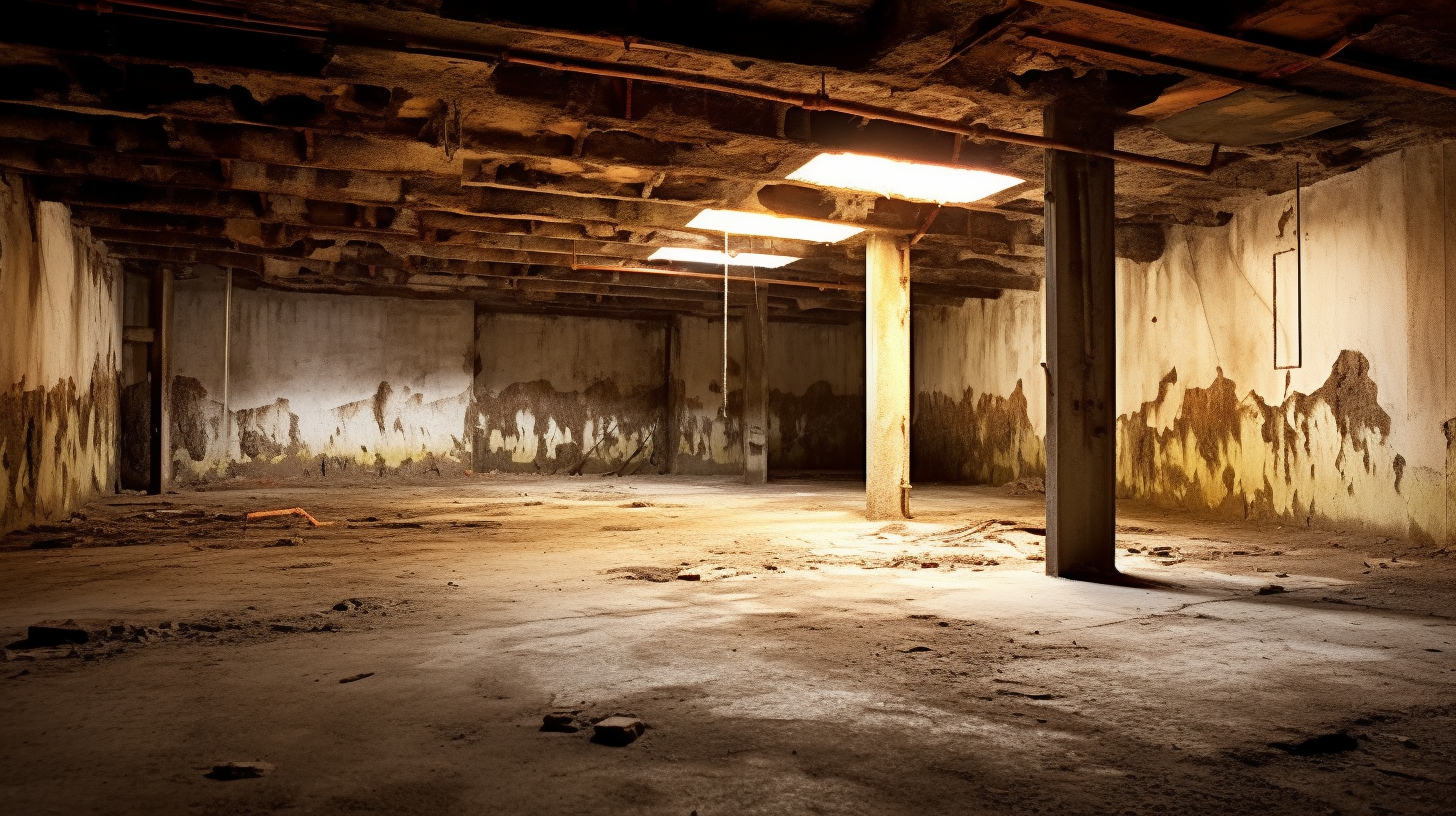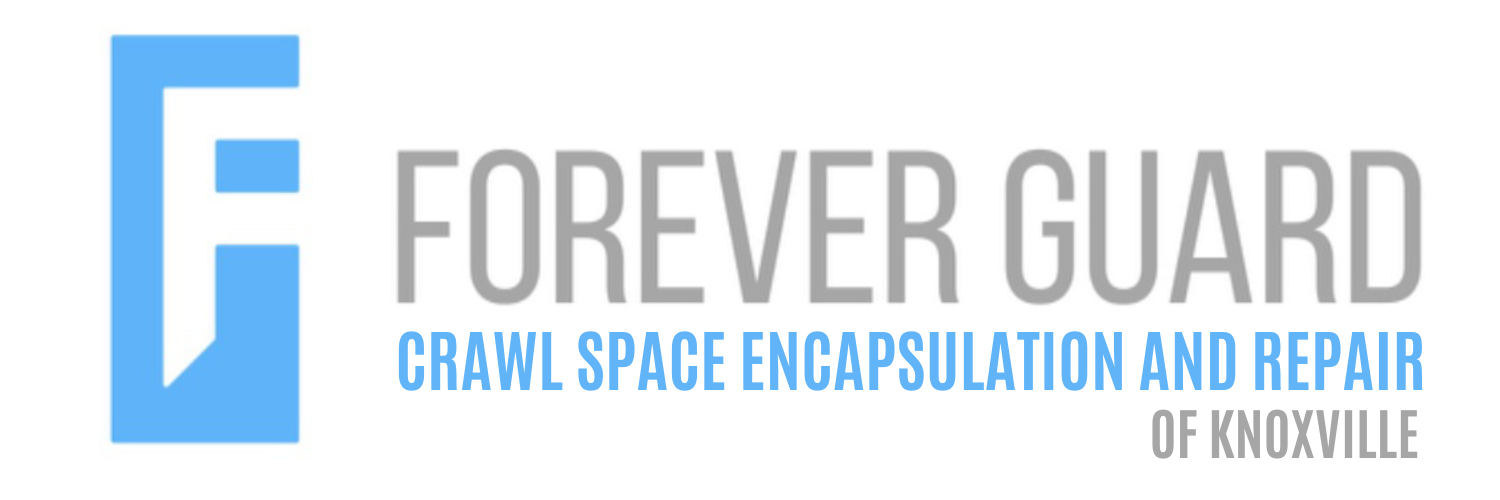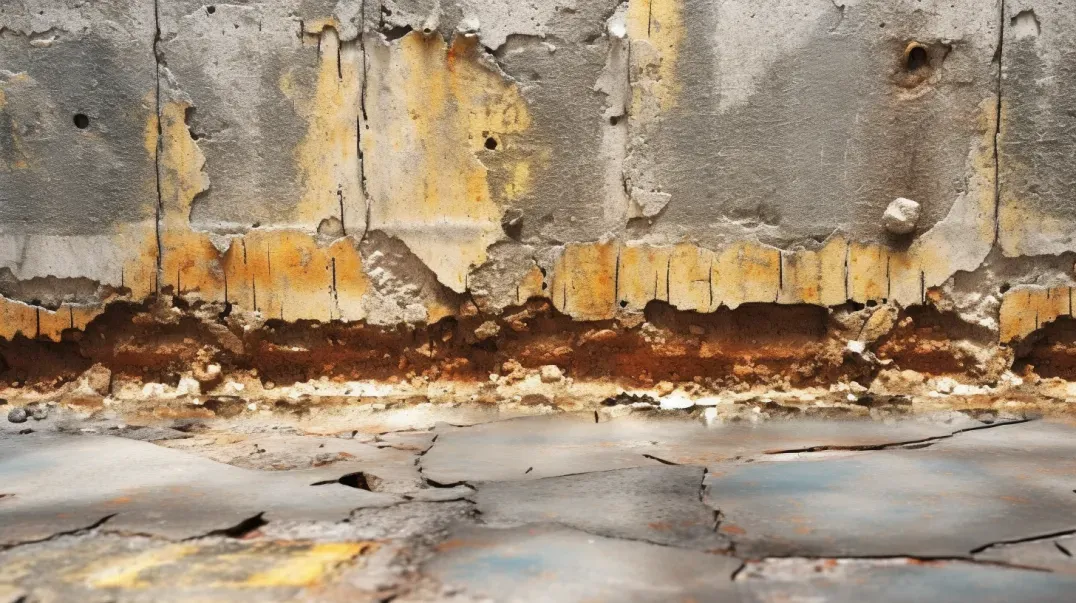Now IS THe Time To...

Crawl Space Services In Knoxville, TN
Stetson Howard: 865-432-6743
CRAWL SPACE ENCAPSULATION, REPAIR, WATERPROOFING & MOLD REMOVAL
No-Obligation, Free Inspections
No-Obligation Free Estimates
We Warranty All of Our Work
100% Satisfaction Guaranteed
Every homeowner’s journey begins at the foundation — the literal base upon which the entire structure of your home rests. Yet, it's often the most overlooked aspect of home maintenance. In this introductory post, we delve into why maintaining a solid foundation is not just necessary, but essential to the longevity and safety of your home. From preventing costly repairs to ensuring your peace of mind, a strong foundation supports more than just the weight of your house; it supports your future. Join us as we explore how you can protect this critical component of your home, spot early warning signs of damage, and the steps you can take to address them before they escalate into major issues. Whether you're a new homeowner or have been in your house for decades, understanding the bedrock of your home's integrity is key to preserving both its value and your comfort.
Understanding Foundation Cracks
Foundation cracks are more than just unsightly; they can be a warning sign of underlying issues that may compromise the integrity of your home. It’s crucial to understand both the causes and types of foundation cracks to effectively address them and maintain a safe, stable structure.
Causes of Foundation Cracks
Several factors contribute to the formation of cracks in your foundation. Understanding these can help you identify potential problems early, potentially saving on extensive repairs later.
- Natural Soil Movement and Settlement: Over time, the soil beneath your home shifts. This natural process can be due to changes in moisture levels, resulting in the soil expanding and contracting. Such movement often leads to settlement cracks as the foundation adjusts to the altered terrain.
- Water Damage and Hydrostatic Pressure: Water is a powerful force against any structure. Excessive moisture around your foundation, whether from poor drainage, floods, or prolonged rains, can increase hydrostatic pressure on foundation walls. This pressure can create cracks as the walls begin to buckle under the stress.
- Poor Construction Practices: Not all foundations are created equal. Inadequate construction, from the use of subpar materials to improper soil preparation, can lead to a weaker foundation that’s prone to cracking as it settles or faces environmental stresses.
Types of Foundation Cracks
The type of crack can often indicate the severity and potential cause of the issue:
- Hairline Cracks: These thin surface cracks are common in new homes as they settle or in older homes with minimal structural shifts. While generally not structurally significant, they should be monitored to ensure they don’t widen over time.
- Structural Cracks: Larger than hairline cracks, structural cracks are wider than 1/4 inch and often appear in a zigzag pattern along foundation walls. These cracks can indicate significant structural damage and typically require immediate professional assessment.
- Settlement Cracks: These are usually vertical and occur when part of the home’s foundation sinks due to the soil underneath compacting or washing away. Settlement cracks can vary in width and often require structural repairs to prevent further damage to the home.
By identifying the type of foundation crack and understanding its potential causes, homeowners can take proactive steps towards remediation, ensuring the longevity and safety of their home.
Traditional vs. Modern Repair Methods
When it comes to foundation repairs, the techniques used can significantly impact the effectiveness and longevity of the results. In this section, we explore traditional repair methods, their limitations, and how modern approaches are revolutionizing foundation maintenance.
Overview of Traditional Methods
Traditional foundation repair techniques have been used for decades and are still common in many quick-fix scenarios. Here’s a closer look at some of these methods:
- Masonry Patches and Sealants: These are often applied to minor cracks and surface imperfections. While they can seal a crack effectively, their application is usually cosmetic and does not address the underlying structural issues.
- Epoxy Injections: Epoxy resin is injected into cracks to seal and bond the area, offering a more durable solution compared to simple sealants. This method is effective for sealing watertight cracks and restoring some of the structural integrity.
- Hydraulic Cement: Used for more severe cracks, hydraulic cement expands as it cures, filling cracks thoroughly. This method is often used for leaks and active water issues because of its fast-setting properties.
Limitations of Traditional Methods
Despite their widespread use, traditional repair techniques have notable drawbacks:
- Temporary Fixes: Many traditional methods offer a short-term solution and may not prevent future issues. For instance, while sealants and patches can cover cracks, they don't address soil movement or hydrostatic pressure continuing to affect the foundation.
- Lack of Flexibility: Materials like hydraulic cement and certain epoxies are very rigid once cured, which can be a disadvantage as they might not move with the structure. This rigidity can lead to the reoccurrence of cracks in new areas as the underlying issues of movement and settling remain unresolved.
- Focus on Symptoms, Not Causes: Traditional methods often focus on repairing visible damage rather than addressing the root causes like soil conditions, water management, or construction flaws. Without tackling these foundational issues, the problem is likely to recur, potentially causing more severe damage over time.
Understanding these limitations is crucial for homeowners considering how best to approach foundation repairs. As we will see in the following sections, modern repair methods offer innovative solutions that aim to resolve these issues more comprehensively.
Innovative Technologies in Crack Repair
As homeowners seek more durable and effective solutions for foundation issues, innovative technologies have emerged to revolutionize crack repair. These modern methods not only address the symptoms but also tackle the underlying problems, providing longer-lasting repairs compared to traditional techniques. Here’s a look at some of the cutting-edge technologies transforming the approach to foundation crack repair.
Polyurethane Foam Injection
Polyurethane foam injection is a modern repair technique that offers a flexible and water-resistant solution for foundation cracks. The process involves injecting a two-component polyurethane foam into the crack. Upon contact, the foam expands rapidly, filling every void and bonding with the material to seal the crack against water ingress effectively. The flexibility of the cured foam allows it to move with the structure, accommodating slight shifts and movements without cracking, making it an excellent option for dynamic environments. This method is fast, effective, and minimizes disruption to the property.
Carbon Fiber Reinforcement
Carbon fiber reinforcement is a state-of-the-art technology used to strengthen and stabilize foundation walls. This method utilizes carbon fiber strips, which are incredibly strong yet lightweight, adhered to the walls using a special epoxy resin. Once cured, the carbon fiber reinforces the wall, preventing further movement and cracking. The application is sleek and non-invasive, offering a significant strength increase without the bulkiness of traditional repairs. It’s particularly effective in areas where external excavation is impractical, providing a long-term solution that integrates seamlessly with existing structures.
Structural Resin Injection
Structural resin injection is another innovative technique used in foundation crack repair, known for its strength and durability. This method involves injecting a high-strength epoxy or polyurethane resin into the crack, which then hardens to form a bond that is often stronger than the original concrete. Structural resins are designed to restore the structural integrity of cracked concrete effectively. They are also resistant to chemicals, wear, and weather, making them ideal for both interior and exterior applications. The precision of the injection ensures that the resin fills the crack thoroughly, providing a permanent repair solution that addresses both the appearance and structural concerns.
These modern technologies in crack repair provide homeowners with more reliable and longer-lasting solutions to foundation issues, ensuring the safety and stability of their homes.
Benefits of Modern Foundation Repair Technologies
The evolution of foundation repair techniques has introduced a range of benefits that extend beyond simple crack repairs. Modern technologies not only offer improved performance but also provide long-term value, cost efficiency, and reduced environmental impact. Below, we explore how these innovations stand out compared to traditional methods.
Longevity and Durability
Modern foundation repair technologies are designed to last. Unlike traditional methods, which often serve as temporary fixes, modern techniques such as polyurethane foam injection, carbon fiber reinforcement, and structural resin injections are built to endure. These methods integrate with the structure to provide a more stable, durable repair. For example, carbon fiber reinforcement can permanently stabilize bowed foundation walls, and the adhesives used are designed to withstand extreme conditions without degradation. This means homeowners can enjoy peace of mind knowing that the repairs are not just a patch but a lasting solution.
Cost-Effectiveness
While the initial cost of modern foundation repair technologies might be higher than traditional methods, the long-term savings are significant. Traditional repairs, such as applying hydraulic cement or masonry patches, might require frequent reapplications as they do not address the root causes of the foundation issues. In contrast, modern methods, which often offer a more comprehensive solution, can prevent recurring damage, thereby reducing the need for future repairs. Over time, this translates to substantial cost savings, making modern technologies a smart investment in the structural health of a home.
Environmental Impact
Modern foundation repair methods also boast a better environmental footprint. Techniques like polyurethane foam injection are less invasive, requiring smaller holes and less excavation compared to traditional underpinning methods that involve extensive digging. This minimal disturbance not only preserves the landscape but also reduces the carbon footprint associated with large-scale machinery and prolonged construction activities. Furthermore, the materials used in modern repairs are often more sustainable and less prone to leaching harmful chemicals into the surrounding soil, supporting a healthier environment around the home.
Modern foundation repair technologies bring robust benefits to homeowners, combining enhanced durability, cost-efficiency, and a smaller environmental impact. These advantages make them a compelling choice for those looking to protect their investment and the planet.
Choosing the Right Technology for Your Home
Selecting the most appropriate foundation repair technology requires a thorough understanding of the specific problems your home faces and the expertise of professionals who can offer tailored solutions. This section guides you through evaluating the damage and selecting the right contractor for effective repairs.
Assessing the Damage
Before deciding on a repair strategy, it's crucial to accurately assess the type and severity of foundation damage. Here are some steps to guide you:
- Visual Inspection: Start with a detailed visual inspection around your home. Look for signs of foundation issues such as cracks in walls, uneven floors, doors that won't close properly, and gaps around window frames.
- Identify Crack Types: Differentiate between superficial hairline cracks and more serious structural cracks. Hairline cracks are often thin and do not signify major problems, whereas wider, longer, or diagonal cracks can indicate serious structural concerns.
- Measure the Cracks: Use a ruler or caliper to measure the width and length of the cracks. Documenting these measurements over time can help you understand whether the cracks are worsening.
- Check for Moisture: Examine areas around the foundation for signs of water pooling or moisture penetration, as this could influence the type of repair technology required.
- Professional Assessment: For a definitive diagnosis, consider hiring a structural engineer to analyze the foundation and recommend specific repair methods based on the damage severity.
Consulting with Professionals
Choosing the right professional is as crucial as the repair method itself. Here’s how you can ensure you pick the best contractor for the job:
- Research and Referrals: Start by researching potential contractors with experience in modern foundation repair technologies. Check reviews and ask for referrals from friends or family who have had similar work done.
- Check Credentials: Ensure the contractors are licensed, insured, and have relevant experience. Certifications and memberships in industry associations can also indicate a commitment to quality.
- Interview Contractors: When you meet potential contractors, ask specific questions about their experience with your type of foundation problem, the technologies they recommend, and why. Also, inquire about their project timelines, costs, warranties, and the potential impact on your daily living during repairs.
- Get Multiple Estimates: Obtain detailed estimates from several contractors to compare the scope, cost, and approach. This will help you gauge what’s reasonable and identify any outliers.
- Review Contracts Carefully: Once you choose a contractor, thoroughly review the contract. Ensure it includes details about the project scope, repair methods, timelines, costs, and warranty information.
By understanding the specific issues with your foundation and carefully selecting a skilled professional, you can ensure that the chosen repair technology effectively addresses the unique needs of your home.
FAQs
Recent Blog Posts
Crawl Space News
